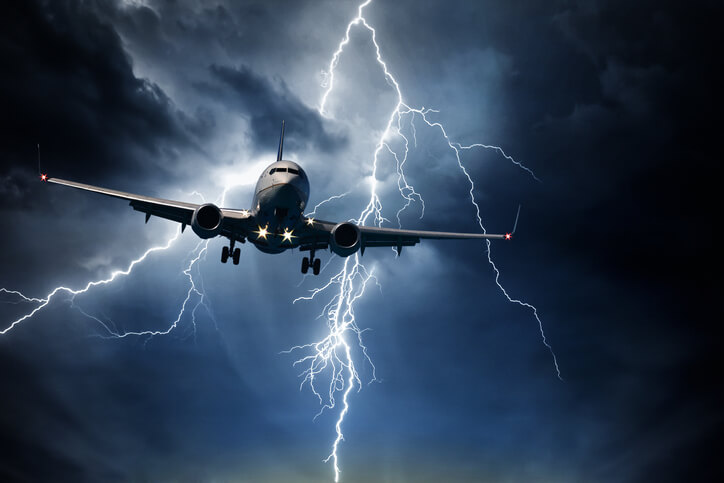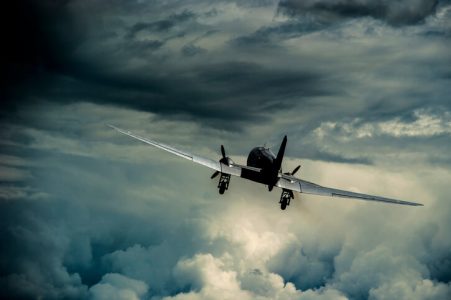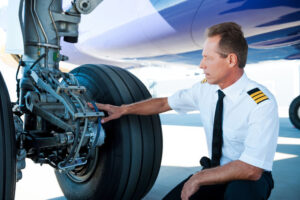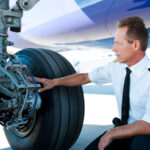Aviation weather radar technology gets a boost
Even though I’m entering the “wind-down” portion of a fantastic aviation career, I still get excited to see the latest research and technology created for the sole purpose of keeping us safe in the air. It’s fascinating to see the progress that we’re making in all areas of aviation, especially when comparing equipment between now and “then.” My early days as a professional pilot helped me develop a very healthy respect for many things, but aviation weather has to be at the top of the list.
Who remembers the basic radars that airplanes had in the “good old days?” The display was either green, dark green, or black. And the black could mean either nothing or the worst level 6 thunderstorm you’ve ever seen! Yes, I developed a healthy respect for aviation weather back then and will never lose it, guaranteed.
Pilots learning to fly these days are growing up in a whole different world than when I had my humble beginnings. I’m sure that most of them have been taught that thunderstorms are nasty (terrifying) but have never really been afraid because they accidentally got too close to a cell or even flew into a storm by mistake (yes, that happened). But new pilots are growing up with advanced radar technology, and I wonder if it is making them a little too complacent. One of my biggest pet peeves is flying with someone who looks at his iPad and says, “Aw, that red blob is nothing. I’ve flown through worse.” Well, so have I, and it almost ripped the wings off my airplane.
Garmin must agree with my concerns because they’ve been working on advanced weather radar technology for the last five years, and it’s finally ready to launch. It’s called the GWX 8000 Storm Optix weather radar; just the name makes me feel better about flying in the soup. It offers impressive new weather threat analysis and depiction capabilities with advanced autoscan technologies. The weather is displayed with a high definition 16 color palette specifically designed to be easy to interpret. The pilot can read the display without having to adjust the gain manually.
Flight testing was done in all kinds of weather, from stratiform and mild rain to severe thunderstorms, hail, lightning, and wind shear. Right now, the radar is available for high-performance jets equipped with G5000 avionics, but hopefully it will be available to the rest of us relatively soon. Other impressive features of the GWX 8000 include:
- Volumetric scanning with auto tilt
- Hail and lightning prediction
- Turbulence detection
- Advanced ground clutter suppression
- Predictive wind shear detection

Where do I sign up?
Remember that “black” portion of the radars that I just talked about before, when we didn’t know if it was black for death or just an area with no returns? Garmin’s Weather Attenuated Color Highlight technology is the answer to that problem. It allows pilots to identify the “shadowing effects of cell activity” so there is no more guessing.
Aviation weather will always be a threat to pilots; that’s never going to change. But with this new technology, navigating a line of weather or even avoiding pop-up storms will no longer keep me up at night before a trip. I can’t wait to see what they come up with next. In the meantime, I will have no problem telling the young pilot in the right seat that we are going around the red blob – always.










